Guinea Pig. It’s What’s for Dinner.
November 29, 2013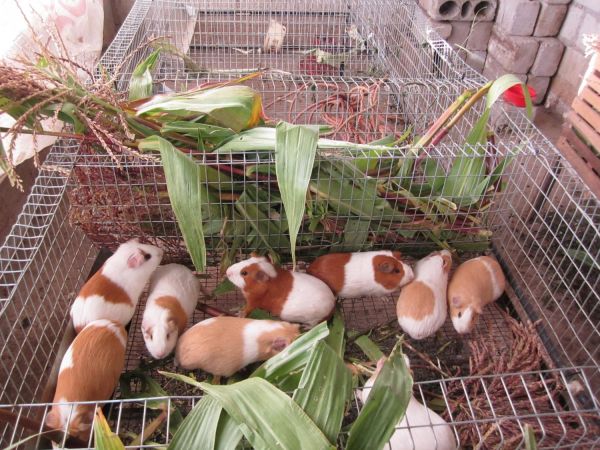
In the United States, during these months a traditional holiday meal usually includes a roasted turkey, mashed potatoes, stuffing, rolls, salad, and lots of dessert. For the US holiday of Thanksgiving, this menu is so traditional that many do not even consider being able to fully celebrate Thanksgiving unless there is turkey involved. As most countries have their traditional holiday meals, right now in Ecuador many areas preparing for their traditional feast as the December holidays are right around the corner. Instead of fattening up turkeys like in the US, many small farmers in Ecuador are fattening up ‘cuyes’, which are….. Guinea pigs. Yes, that is correct, I said guinea pigs. What many of us know to be childhood pets, they are being served up in Ecuador and parts of Peru, Bolivia, and Colombia for the big holiday meals for the whole family. When guinea pig is being eaten, it signifies a time of celebration. As a Kiva Fellow, I have visited several women clients in the field who are raising guinea pigs for income generation projects. Guinea pigs do not need a lot of land or attention to raise, so women who have many other domestic duties that demand their time can raise these on the side for a little extra income.
First, a little history on the guinea pig. They are originally for the Andean region of South America and have served as a food source since as early as 5000 B.C. The name of the guinea pig can be quite deceiving. The guinea pig is actually not from the pig family but from the rodent family. No one is for sure how guinea pigs became associated with the porcine family. One theory suggests that because they are built somewhat like pigs with large heads relative to their bodies, stout necks, and rounded rumps with little tails. More mysteriously, no one knows is sure where the ‘guinea’ part of their name comes from either. One explanation is that the animals were brought to Europe by way of the country of Guinea on the Atlantic coast, which was a popular departure place of South American goods to Europe, leading people to think they had originated there.
One afternoon while conducting field visits, we met Isabel, a 53-year-old mother of six children who lives about 2 hours north of Quito in a rural area. She has been raising guinea pigs her whole life. She gave me the scoop on all the dynamics of raising guinea pigs. She took out a small loan to purchase 30 females and 3 males guinea pigs. Now her stock has grown to over 400! She feeds them alfalfa and corn. It takes about two months for guinea pigs to mature to the size that can be served as food. In her town, Isabel can sell one adult guinea pig for $6USD. If she preps it so it is ready to be cooked, she can sell it for $7USD. She also prepares full guinea pig platters for $12USD that includes a fully cooked guinea pig, with all the trimmings of potatoes, salad, avocado, and cooked corn.
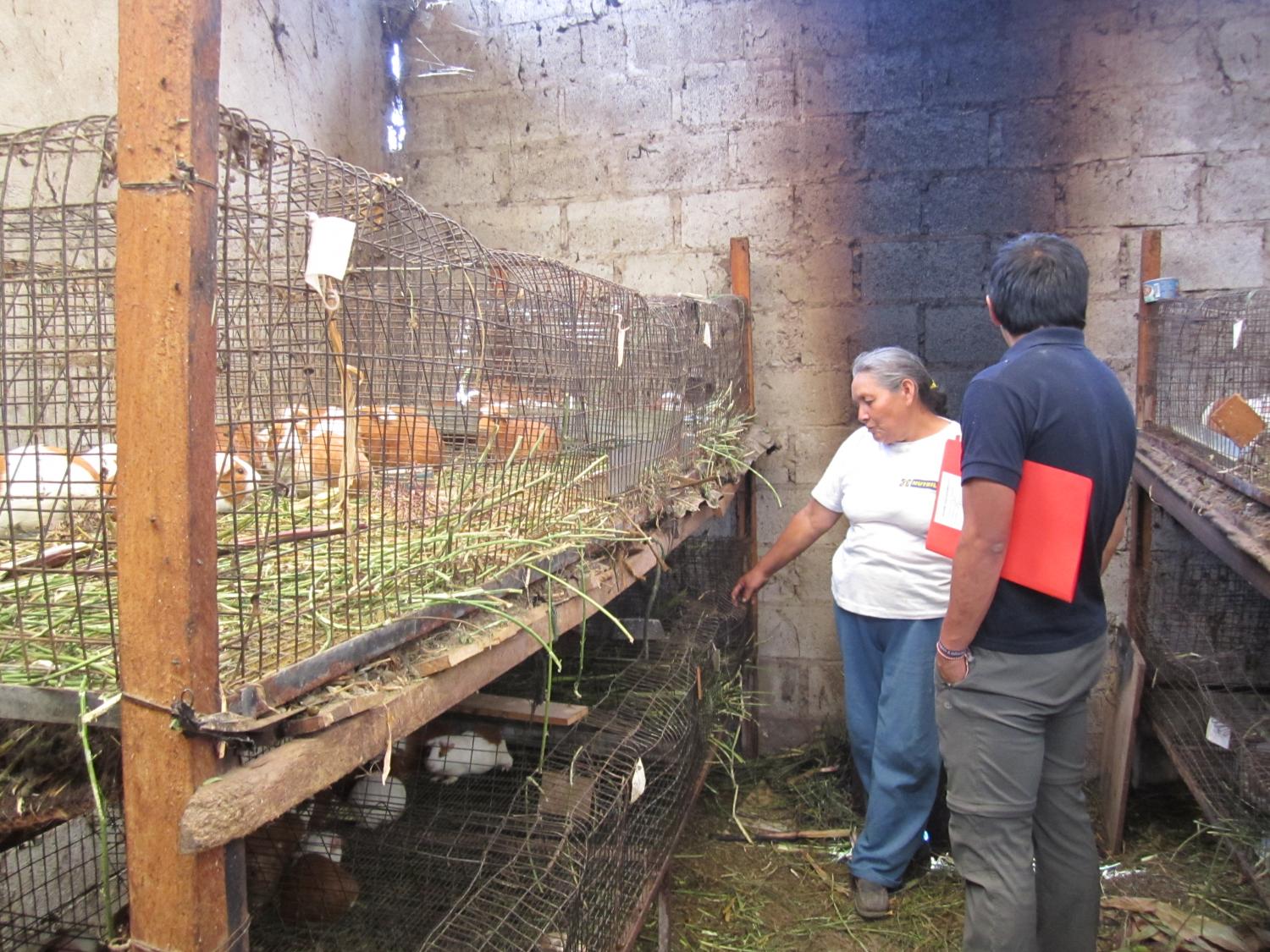 Isabel showing off her guinea pig stock.
Isabel showing off her guinea pig stock.The color of the guinea pig is important. White and light brown guinea pigs are most used to sell for meat. People generally do like to eat guineas pigs that have dark brown or black fur because the darker colors stain the skin so it makes it look old with dirty spots. Though, ones with darker fur tend to be more resistant to diseases, so Isabel has one black guinea pig that she is try to cross bred with white guinea pigs to make her stock more resistant to illnesses.
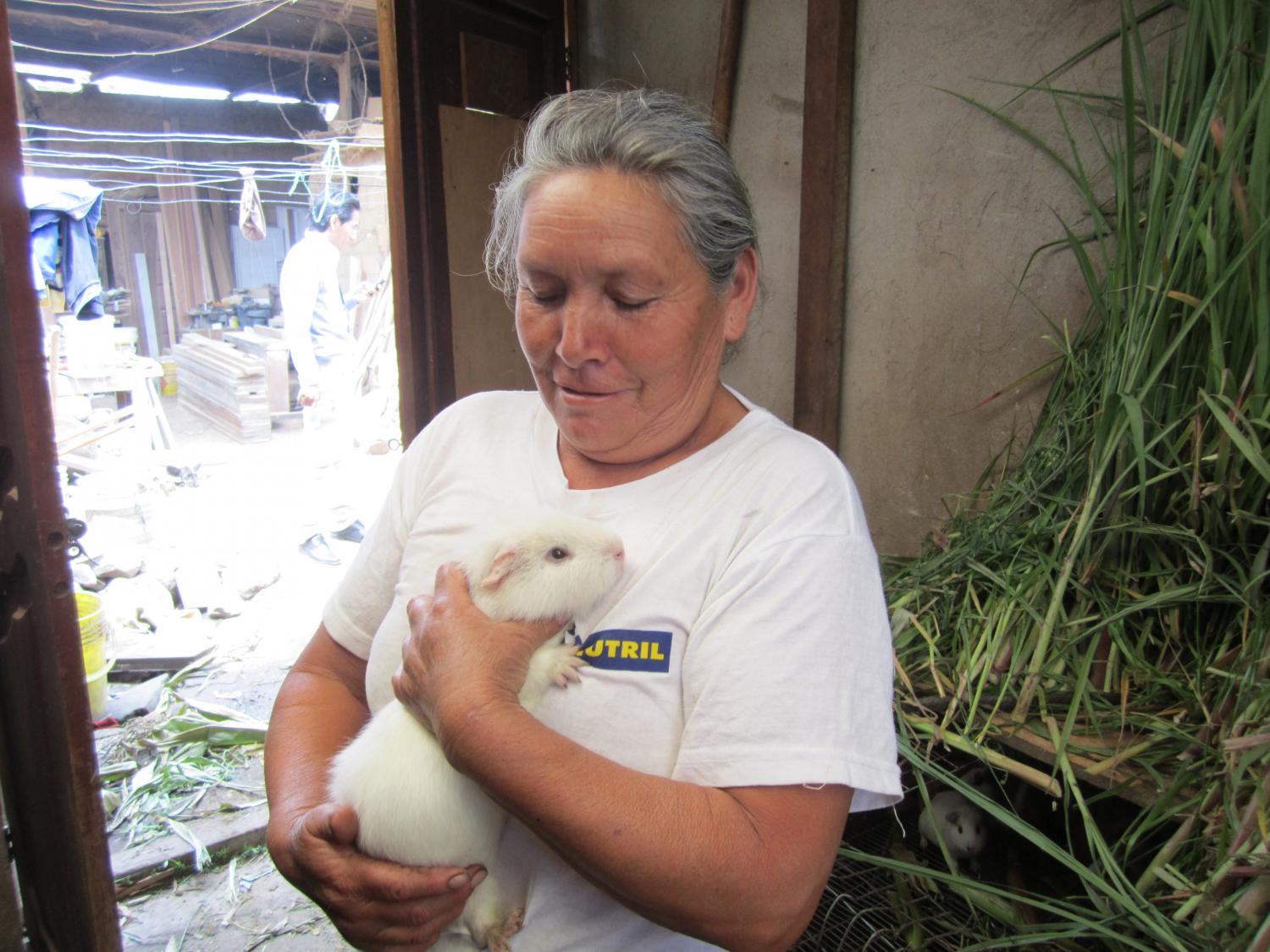 Isabel with her favorite guinea pig. She loved how fluffy it is. She said that she is keeping this one as a pet and will not be sending it to the market. She hopes that it will have lots of babies just as fluffy as it is.
Isabel with her favorite guinea pig. She loved how fluffy it is. She said that she is keeping this one as a pet and will not be sending it to the market. She hopes that it will have lots of babies just as fluffy as it is.Isabel is popular during this time of year with the December festivities coming up. Lots of people are putting in their orders for their holiday meals. This is the time of the year when she makes the majority of her money. She plans to use her earnings to help pay for her younger children’s high school tuition. In the future, she wants to take out another small loan to rent some land to grown her own alfalfa and corn to feed her guinea pigs and grow her business.
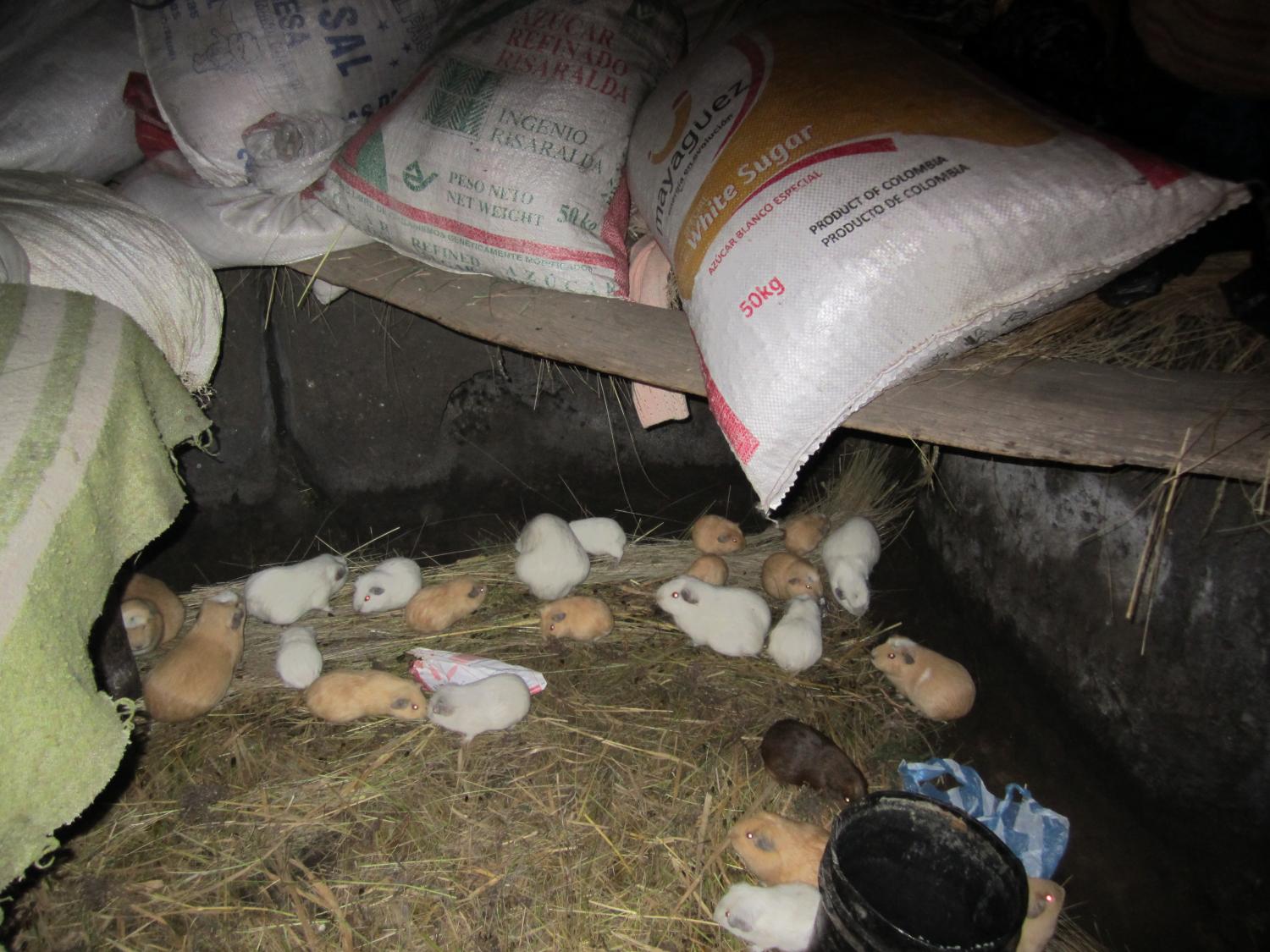 Many people who raise guinea pigs have them run free inside their home. Free range guinea pigs!
Many people who raise guinea pigs have them run free inside their home. Free range guinea pigs! 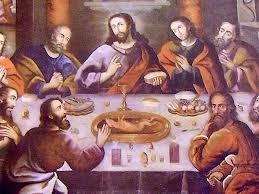 I love this photo. It is an interpretation painting of the Last Supper, which hangs in a Cathedral in Cusco, Peru. A Peruvian artist painted it in the 1700s. Since the Last Supper was a celebration, the artist painted what he only knew to be celebratory food…. Guinea pig!
I love this photo. It is an interpretation painting of the Last Supper, which hangs in a Cathedral in Cusco, Peru. A Peruvian artist painted it in the 1700s. Since the Last Supper was a celebration, the artist painted what he only knew to be celebratory food…. Guinea pig! PREVIOUS ARTICLE
Kiva Fellows take "The Lunatic Express" →NEXT ARTICLE
Filming for Kiva, Indonesia take TWO →













